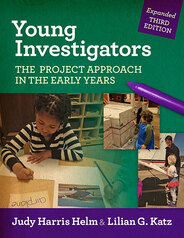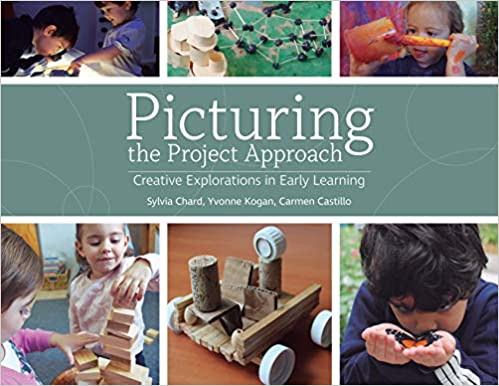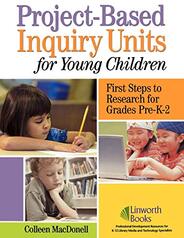One of the hallmarks of the PNA experience is the focus on Project-Based Learning. This is a strong evidence-based practice which capitalizes on a child’s naturally strong disposition to explore and discover, with the ultimate goal of developing an independent child who loves to learn. According to the website projectapproach.org, “The Project Approach builds on natural curiosity, enabling children to interact, question, connect, problem-solve, communicate, reflect, and more… It essentially makes learning the stuff of real life and children active participants in and shapers of their worlds.” It also gives the teacher the ability to work with a class who may have a wide range of abilities and needs, while also offering varied outlets for learning. Project-based learning is great method teachers can use to help their students be motivated, authentically engaged, and excited to learn.
 |
 |
 |
Despite its many benefits, project-based learning isn’t often associated with Early Childhood curriculum. This is a shame, since learning is most meaningful to young children when it is based on their interests and on real-life experiences! The project approach in preschool does require some modification in order to be successful, but these changes are not difficult – they just require a little forethought. Project-based learning involves children’s in-depth investigation of a worthwhile topic developed through authentic questions, and it is usually divided into three parts: selecting a topic, data collection, and the culminating event.
- Selecting a Topic. A teacher has many conversations with children which can help them articulate specific questions about topics which interest them.
- Data Collection. This phase generally involves meaningful hands-on experiences. The students become “researchers”, as they collect new information to answer their questions. This phase makes up the main part of the project investigation and ideally takes place through direct and authentic experiences such as field trips, events, and interviews with visiting experts. Children can also gather data through secondary sources, including books, photos, videos, and websites.
- The Culminating Event. This event concludes the experience, and is usually summarizing event or activity, which highlights the students and their learning. The students may hold a discussion on what they have learned, make a video, plan a program or “museum” or other type of display, where they may show the results of their investigations.
Because of our unique circumstances due to the coronavirus, we have been we have been somewhat limited in our implementation of our usual preschool routines. We have worked hard, and lately we have noticed children, parents (and teachers!) have begun to burn out. To combat this, we felt that using the project approach for the last 2 weeks of school would be a great opportunity to re-engage our students, and I have not been disappointed with the response!
It is wonderful to see the children’s enthusiasm as they talk about their Alaskan animal! They have been more engaged and have been excited to tell me the things which they have learned about their animal’s appearance, diet and habitat. This coming week they will share a display about their animal’s habitat and then make a short video to share with the class as their culminating event. I am so excited to see the evidence of all their learning!
